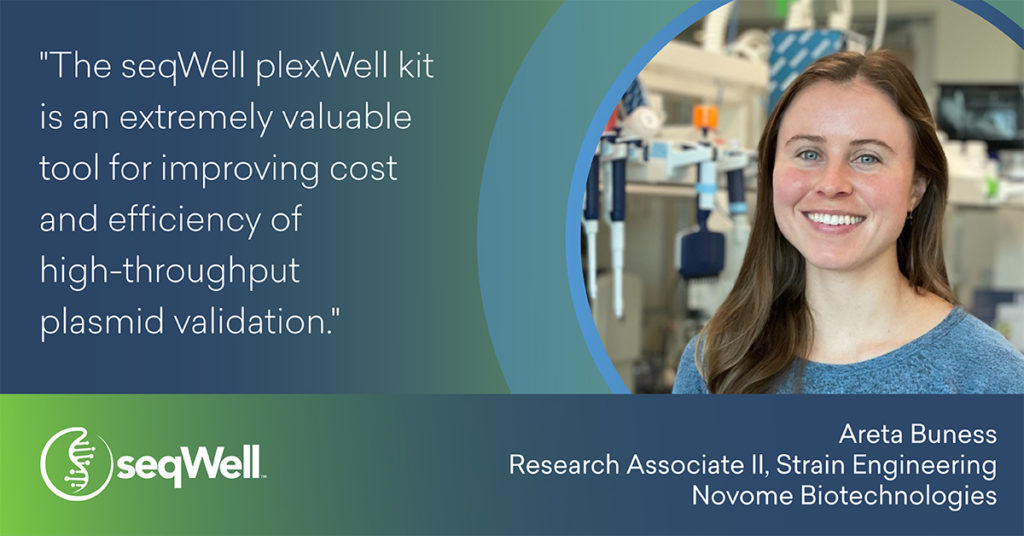
Introduction
Today’s microbiologists have access to a powerful tool that was unimaginable just a few decades ago: next generation sequencing (NGS).
NGS technology allows researchers to rapidly sequence the genomes of bacteria, viruses, and other microbes—quickly revolutionizing our understanding of the microbial world. Importantly, NGS has also allowed us to identify previously unknown pathogens and track the spread of disease. This capability will only become more important as we strive to protect global health in the future.
The Power of NGS Microbiome Technologies
Gut microbiome sequencing—surveying for the microbial population present in the gastrointestinal tract—represents a common approach to identifying the microbial flora and the related impact they might have on health. Historically, gut microbiome studies have been restricted due to the difficulties in culturing many of these gut microbial species in laboratory conditions. However, today, the development NGS-based metagenomics has allowed researchers to bypass these traditional culture-dependent bias and has significantly expanded our understanding of the composition, diversity and roles of the gut microbiome in human health and diseases.1
Researchers are now able to profile entire microbial communities and discover the underlying dynamic specificity of each changing environment.2 Many NGS microbiome projects utilize large-scale parallel sequencing to taxonomically and functionally characterize microorganisms in a given host/sample type. Due to the large number of samples that are often sequenced, these projects will benefit from a streamlined, scalable library preparation method.3
The intrinsic normalization and increased library prep throughput of seqWell’s plexWell technology has benefits for enabling microbiome sequencing workflows. This technology has additionally been shown to tolerate a wide range of GC-content samples with the ability to multiplex those multiple GC sample types in the same library prep without sacrificing performance. 2
Using plexWell to Improve Cost and Efficiency of High-Throughput Plasmid Validation
Novome Biotechnologies, Inc., is a clinical-stage biotechnology company based in South San Francisco, CA, that aims to treat chronic diseases by rapidly engineering defined microbial activities into the human gut. The microbes in our gut are living pharmacies, producing and consuming many molecules that impact our health. Novome’s unique synthetic biology tools allow them to plug into this ecosystem and deliver precise activities to treat chronic diseases. Currently, the company’s focus is on designing plasmids encoding specific functions and integrating them into the Bacteroides genome to test therapeutic potential.
The Novome team builds hundreds of plasmids each month and the fastest way to verify plasmids built at this scale and frequency is with in-house whole plasmid next-generation sequencing (NGS) using the Illumina iSeq.
“Our current workflow allows us to go from colonies on a plate to NGS verified plasmids in just two days at $16- 18 per sample. The key to this workflow is the use of rolling circle amplification (RCA) to generate the plasmid DNA, which is then input into the seqWell plexWell 384 Library prep kit,” says Areta Buness, Research Associate in Strain Engineering at Novome.

However, one difficulty that usually comes with high-throughput library prep is normalizing each sample both before and after the workflow to ensure equal read depth across samples. The integrated auto-normalization in the plexWell kit allows Novome to treat 96 samples as one—one Qubit measurement to get the average concentration of the input plate, one tube to process in the library prep, and one library pool to normalize and load onto the iSeq.
“This is a huge advantage as it eliminates the need for individual input DNA purification and individual sample normalization. In our workflow, bacterial colonies are picked, and plasmid DNA is amplified overnight via an RCA reaction. We have combined up to 192 samples on a single cartridge with no significant added time to the workflow,” adds Buness.
She further states, “The NGS data generated from the RCA input DNA to the plexWell library prep is high quality and allows us to verify our plasmids by both Map-to-Reference and de novo assembly using Geneious for data analysis. The iSeq typically yields about 10 million usable reads in a single cartridge, resulting in about 100,000 reads per sample. This coverage gives us more than enough read depth to identify SNPs and indels in typical plasmid constructs ranging from 5kb – 15kb.” Buness concludes, “The seqWell plexWell kit is an extremely valuable tool for improving cost and efficiency of high-throughput plasmid validation.”
Conclusion
NGS offers a new and exciting approach for finding and developing innovative ways to treat chronic diseases. However, this rapid explosion of genomic information has exponentially increased the number of samples that now must be sequenced. To overcome this, researchers may ultimately benefit from a streamlined, scalable library prep method. In addition to the plasmid sequencing application case study from Novome highlighted above, the plexWell Low Pass 384 Library Preparation Kit provides an efficient, scalable, and reproducible solution for sequencing of up to 1152 samples in a single sequencing run.3
